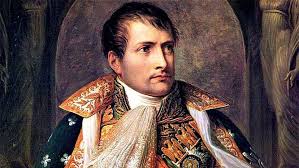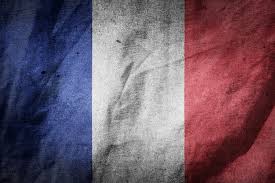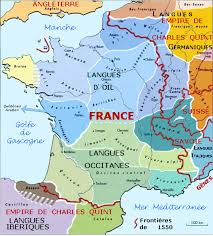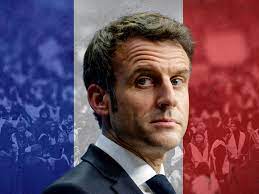Introduction About France
History of France

1. Ancient Gaul: France has a rich history dating back to ancient times when it was inhabited by Celtic tribes known as Gauls. Julius Caesar's conquest of Gaul in the 1st century BC brought the region under Roman control.
2. Middle Ages and Feudalism: The Middle Ages saw the rise of feudalism in France, with power decentralized among feudal lords and the monarchy. The Carolingian dynasty, particularly Charlemagne, played a significant role in unifying parts of France and establishing the Holy Roman Empire.
3. Hundred Years' War: This conflict between France and England lasted from 1337 to 1453. It was a series of wars over territorial disputes and the English crown's claims to the French throne. Joan of Arc's leadership and other factors eventually led to French victory and solidified France's national identity.
4. The French Revolution (1789): The revolution marked a turning point in French history, leading to the overthrow of the monarchy, the Reign of Terror, and the rise of Napoleon Bonaparte. It symbolized the rise of republicanism, democracy, and the ideals of liberty, equality, and fraternity.
5. Napoleonic Era and Modern France: Napoleon Bonaparte's rise to power saw the expansion of French influence across Europe, with the establishment of the Napoleonic Code and various reforms. However, his eventual defeat led to the restoration of the monarchy, followed by revolutions, the establishment of the Third Republic, two World Wars, decolonization, and the shaping of modern France as a democratic republic.


